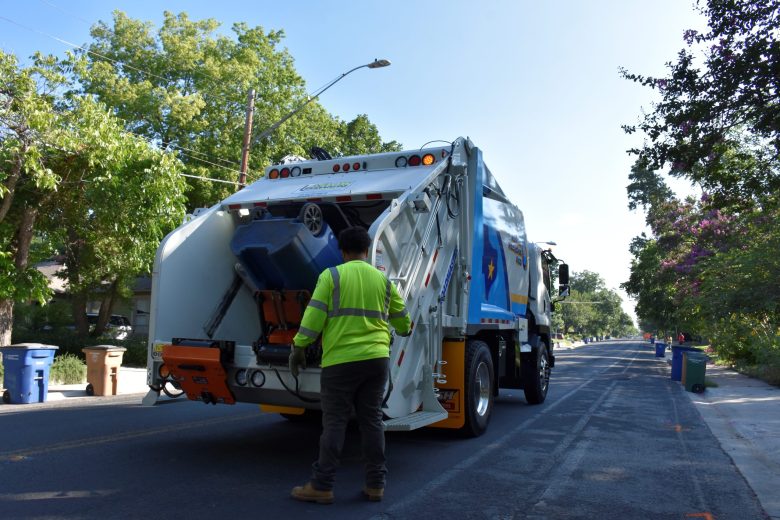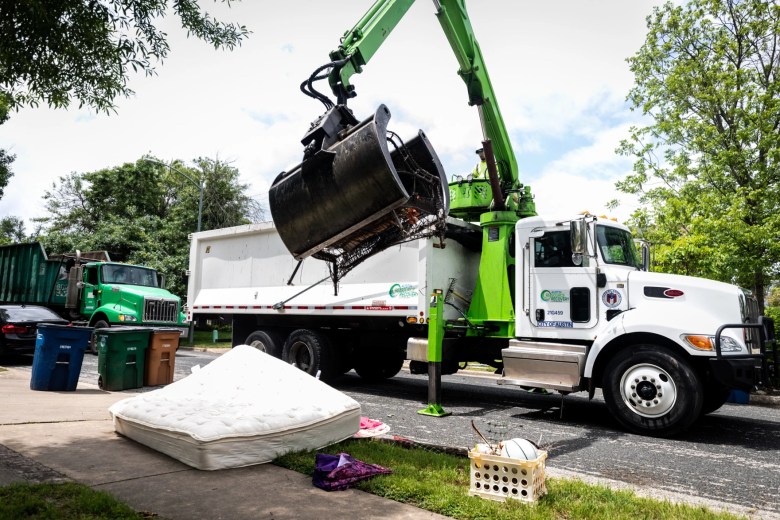The Social Security Administration has changed the way it checks people’s identities after politicians and advocacy groups said they didn’t like them. The new rules, which were supposed to start on March 31, have been changed to make it easier for some people to prove who they are without having to go to a Social Security office in person.
Important Changes to the Needs for Identity Verification
Last week, the SSA said that starting April 14, people who can’t use a personal mySocial Security account but want to apply for Social Security Disability Insurance, Medicare, or Supplemental Security Income will be able to do so over the phone. The goal of this change is to help weak groups and give better customer service.
“We have listened to our customers, Congress, advocates, and others,” SSA Acting Commissioner Leland Dudek said in a statement. “We are updating our policy to provide better customer service to the country’s most vulnerable populations.” He also said that the agency is delaying the policy’s start date so that employees have time to learn the new rules.
Who Still Needs to Show Proof of Identity in Person?
The new policy makes it easier for people applying for SSDI, Medicare, or SSI to fill out their claims without having to go to an office. However, some recipients will still have to show proof of identity in person if they can’t do it online. This includes people who are looking for:
Benefits for retirement
Benefits for survivors
Extra perks (for a child or spouse)
The SSA did say that the in-person requirement could be waived in extreme situations, like when someone has a terminal illness or is about to be released from jail, as long as the proper paperwork was submitted and management approved the decision.
Lawmakers and advocacy groups are putting pressure on
There was a lot of criticism from lawmakers and advocacy groups when the SSA first said it would stop allowing name verification over the phone. This is why they changed their policy. Millions of people who would have been helped would have had to prove who they were in person. Some people said that this would have made things harder for older Americans and people with disabilities, who are already at a disadvantage.
Nancy LeaMond, Chief Advocacy and Engagement Officer for AARP, said she was glad to see the SSA’s new policy, but she said more work needs to be done. “Putting off this change for a little while is not enough,” LeaMond said in a statement. “SSA should take a deliberate approach to its proposed changes to customer service that seeks public input, follows a clear communication plan, and allows a reasonable timeframe for compliance.”
Efforts to Combat Fraud and Improve Security









